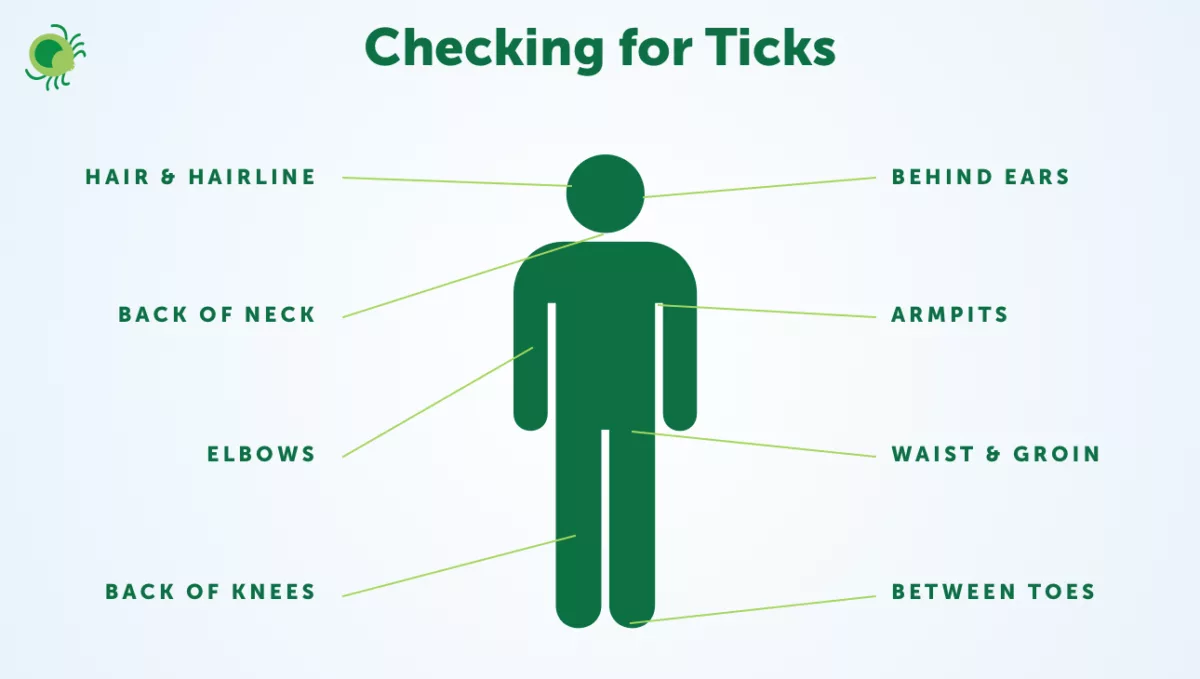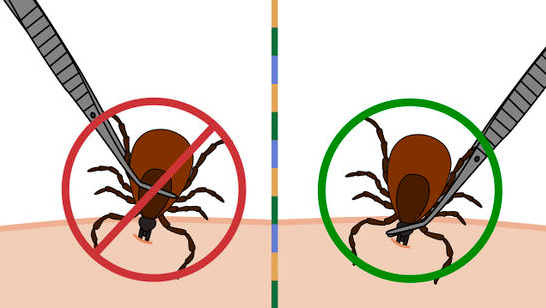Know Your Ticks (FAQ)
Reading time: 2 minutesAre there ticks in Canada?
Yes! There are 32 species of ticks in Canada. They fall into two categories; hard-bodied and soft-bodied ticks. Different ticks find us in different ways and present different risks for humans and animals.

How do ticks find us?
Ticks are very attracted to the carbon dioxide we breathe and can pick up on this from a distance.
Ticks also respond to smells, vibrations and the changes in light and temperature we create as we walk through their habitats.
Do ticks carry diseases?
There are a few tick species that can make both humans and animals sick, such as:
- Lyme disease
- Relapsing fever
- Tularaemia
- Rocky Mountain spotted fever
- Q fever
- Colorado tick fever
- Powassan encephalitis
- A certain tick genus (Dermacentor) can cause paralysis in humans and other mammals following long periods of feeding. Tick paralysis can result in death if the feeding ticks are allowed to remain attached to the host for too long.
Learn how to identify ticks with our Disease Carrying Ticks of Canada guide.
$71.39/month




Monthly billing is automatic – it’s easy and convenient.


How can I avoid tick bites?
The best strategy is prevention. This means making efforts to not get bitten in the first place, such as:
- Wear light-coloured clothing that covers the arms and legs
- Use DEET-based insect repellents such as Deep Woods Off.
- The BuzzShield Insect program was designed to control ticks that may be in your yard. During our inspection, we also always provide a BuzzCheck for our customers to help them reduce areas that may be inviting to ticks such as tall grass, overgrown shrubs and leaf litter.

What should I do if a tick bites me?
- Any ticks you do find on yourself or your pet’s body can be removed using tweezers.
- Grasp as close to the mouthpart as possible, pulling up in a slow steady movement to avoid leaving any pieces of the tick lodged in your skin. Use antiseptic to clean the site.
- Do not squeeze the body of the tick or use a match, petroleum jelly or alcohol as this may cause the tick to inject fluid back into the bite, increasing the chances of an infection.
- Place the tick(s) in a clean container and send the tick to either a lab, physician or veterinarian so the species can be identified.


